Australian Tropical Rainforest Plants - Online edition
Ficus septica Burm.f.
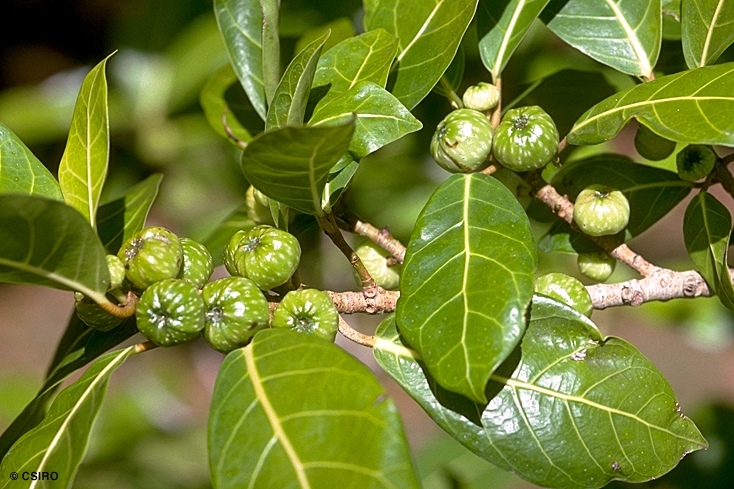
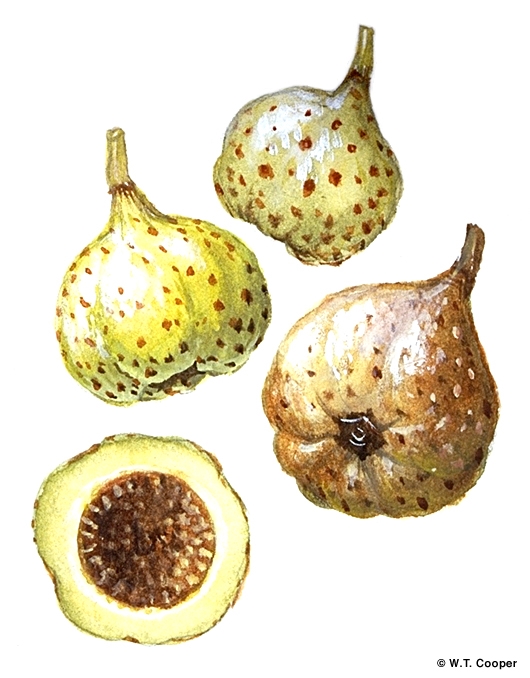
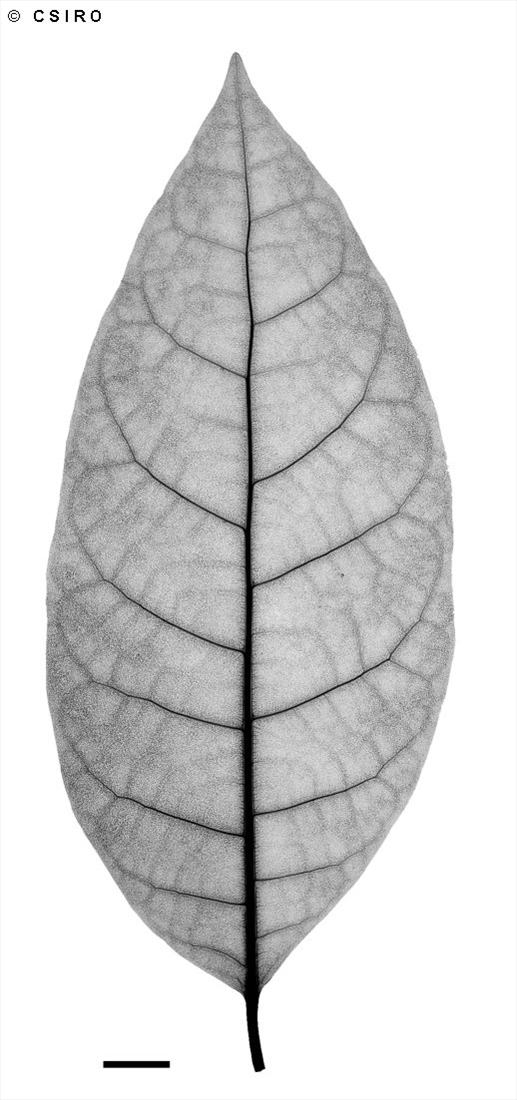
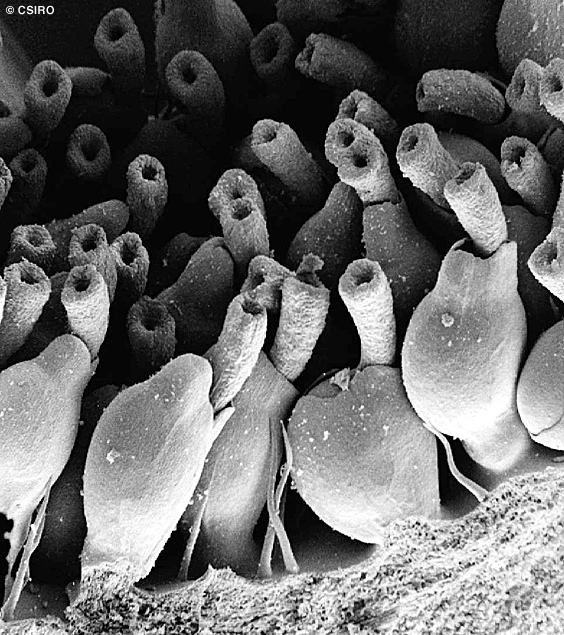
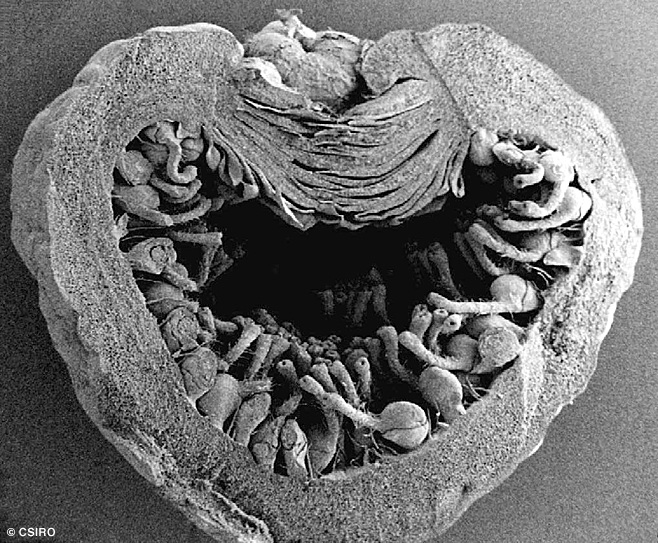
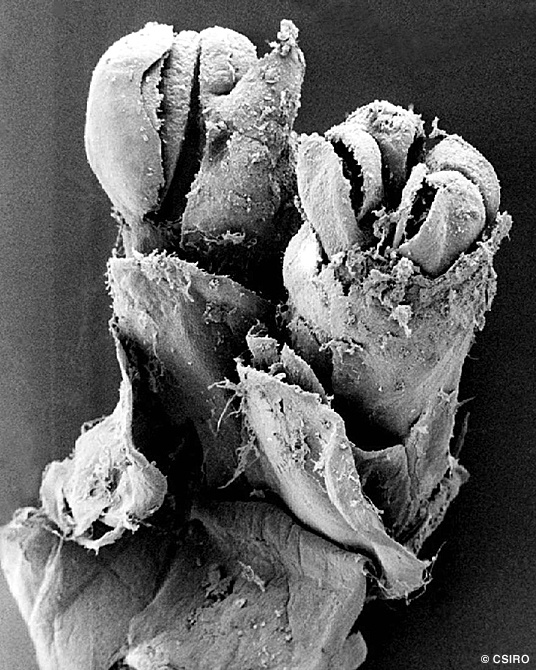
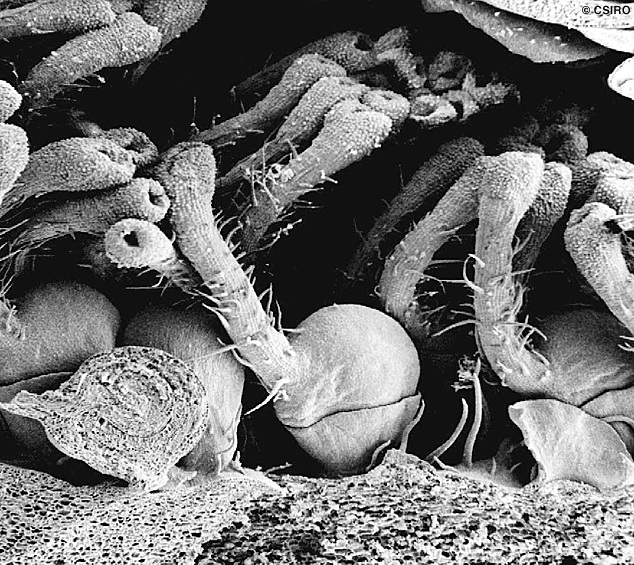
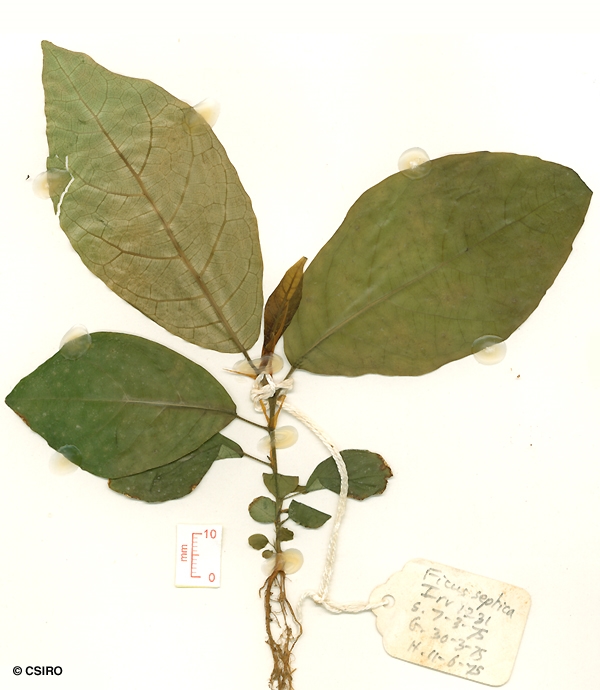

Burman, N.L. (1768) Flora Indica : 226. Type: Habitat in India.
Fig; Septic Fig; Fig, Septic
Figs pedunculate, +/- globular, about 15-20 mm diam. Orifice closed by interlocking apical and internal bracts.
Cotyledons almost orbicular, about 3 mm diam. First pair of leaves toothed. At the tenth leaf stage: leaf blade broadly elliptic, apex acute, base obtuse, margins sinuate on the upper half of the leaf blade, teeth obscure, upper surface glabrous; oil dots not visible; flat glands sometimes visible on the underside of the leaf blade at the junction of the main lateral veins and the midrib; petiole with a few scattered hairs; stipules sheathing the terminal bud, glabrous, about 10-15 mm long. Seed germination time 23 days.
Occurs in CYP, NEQ and CEQ. Altitudinal range from near sea level to 1000 m. Grows in areas of well developed rain forest on a variety of sites. This species is favoured by disturbance and is a frequent component of rain forest regrowth. Also occurs in SE Asia, Malesia, the Solomon Islands and Vanuatu.
This species may have medicinal properties. (http://squid2.laughingsquid.net/hosts/herbweb.com /herbage/A11284.htm)
Stem bark material of this species was active against tumor cell cultures. The main alkaloids are (+)-tylocrebrine and (-)-tylophorine. (See Tylophora benthamii). Collins et al. (1990).





